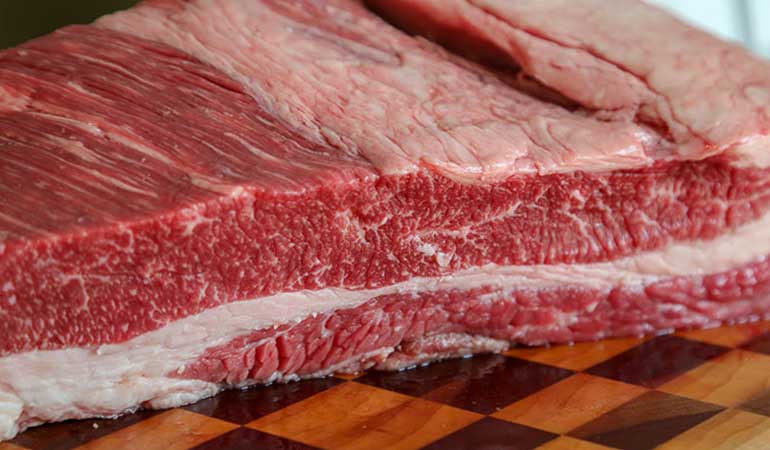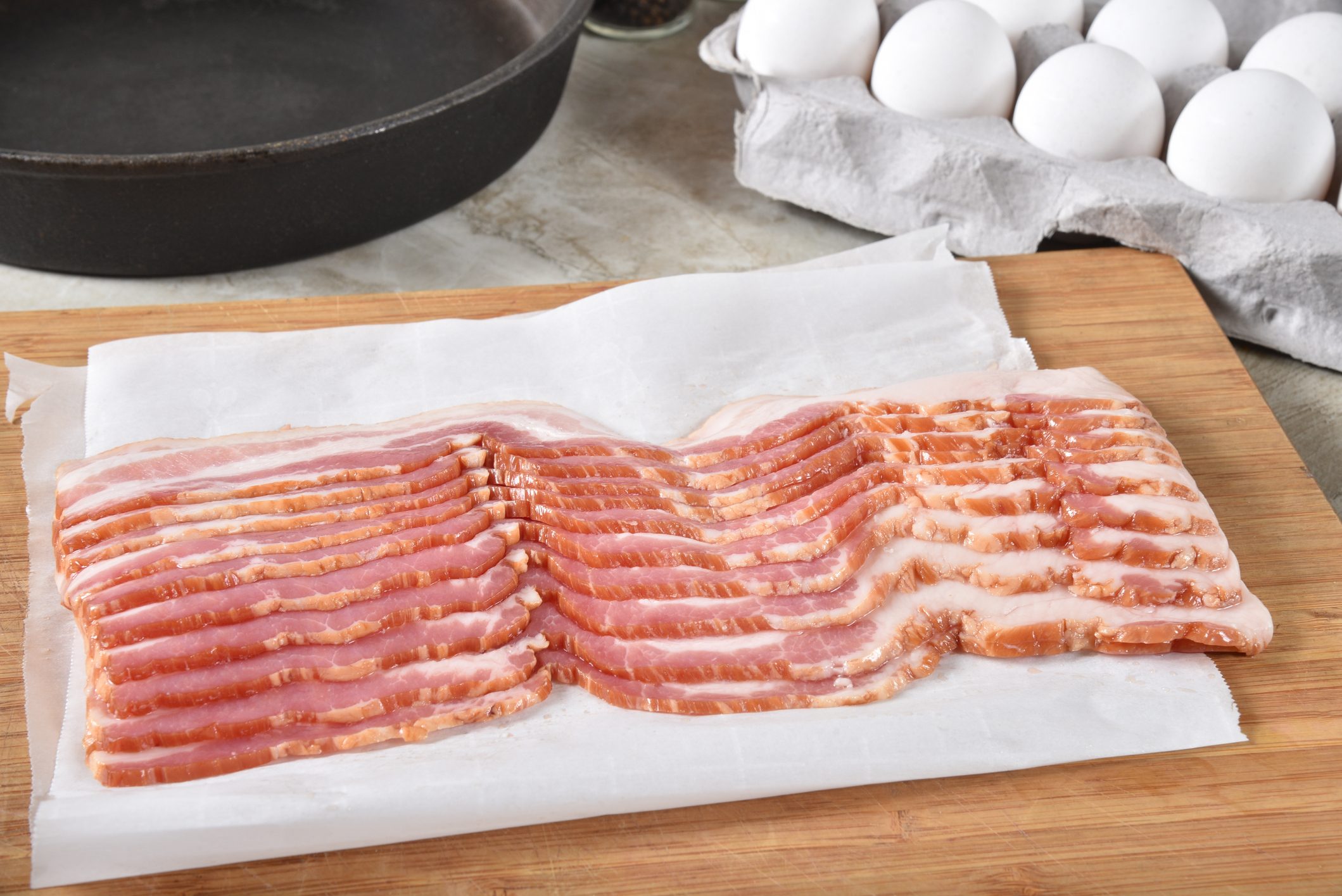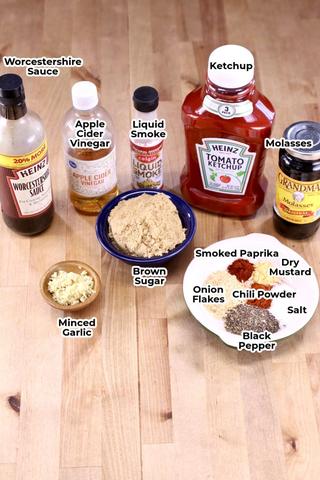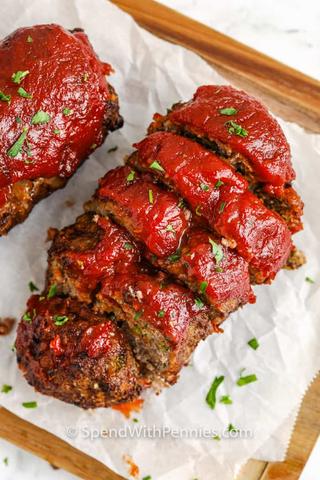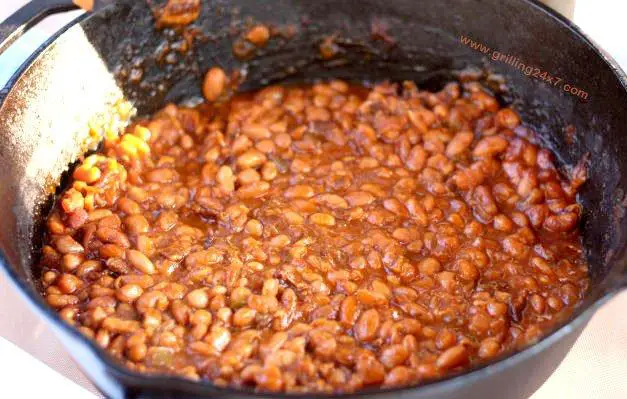
“What do leeks taste like?” It’s a question that deserves thoughtful exploration, as these elegant members of the allium family offer a uniquely delicate and versatile flavor profile. Despite being a staple in professional kitchens worldwide, leeks remain somewhat overlooked in home cooking. Let’s embark on a flavorful journey through the culinary possibilities of this sophisticated vegetable, uncovering the nuances of its taste and the many ways it can elevate everyday cooking.
The Basic Flavor Profile of Leeks
If you’re new to leeks, you might be wondering what these tall, elegant vegetables taste like. Imagine the flavors of an onion, but dial down the intensity and add a subtle sweetness that’s unique to leeks. While they’re related to onions, shallots, and garlic, leeks have carved out their distinct flavor profile that makes them a favorite among chefs and home cooks alike.
The taste of leeks is best described as:
- Mild and sweet, with a gentle onion-like base
- Less pungent than regular onions
- Delicate and sophisticated
- Slightly earthy with buttery undertones when cooked
A Tale of Two Textures Raw vs. Cooked Leeks

A Tale of Two Textures Raw vs. Cooked Leeks
The Raw Experience
Raw leeks offer an interesting culinary experience. When fresh, they provide:
- A crisp, crunchy texture
- A clean, slightly sweet taste
- Subtle earthy undertones
- A mild bite that’s gentler than raw onions
- A refreshing quality perfect for salads
However, like their allium cousins, raw leeks are more assertive than their cooked counterparts. This is why they’re often used sparingly in raw preparations, thinly sliced as a garnish, or carefully incorporated into fresh salads.
The Magic of Cooking
When heat enters the equation, leeks undergo a remarkable transformation. Cooked leeks develop:
- A markedly sweeter profile
- A tender, almost buttery texture
- A mellow, complex flavor
- A subtle richness that enhances other ingredients
- A versatile character who works on countless dishes
What Do Leeks Taste Like?

What Do Leeks Taste Like? From sweet to more elegant than onions
Leeks truly shine in soups, where they can contribute both flavor and body. The most famous example is perhaps potato leek soup, where leeks provide:
- A sweet, oniony foundation
- A velvety texture when pureed
- A subtle depth that complements the starchy potatoes
- A refined flavor that’s more elegant than onions
- A gentle aromatic quality that perfumes the entire dish
In clear broths, sliced leeks offer:
- A tender-crisp texture
- A light, sweet flavor that doesn’t overpower
- A beautiful visual element
- A delicate taste that enhances without dominating
The Grilled Leek Experience
Grilling leeks brings out an entirely new dimension of flavors. When exposed to high heat and a bit of char, leeks develop:
- A smoky sweetness
- Caramelized edges with complex flavor
- A tender interior with a concentrated taste
- A slightly crispy exterior
- Notes of umami that complement the natural sweetness
For the best-grilled leek experience, I recommend:
- Cutting them lengthwise to expose more surface area
- Brushing with good olive oil
- Seasoning simply with salt and pepper
- Grilling until tender with nice char marks
- Finishing with a squeeze of lemon
Wild Leeks (Ramps): A Special Mention
While cultivated leeks are wonderful, wild leeks (also known as ramps) offer a different taste experience entirely. Wild leeks feature:
- A stronger, more garlicky flavor
- More pronounced pungency
- An intense earthiness
- A robust character
- A shorter season and more limited availability
Note that wild leeks are a seasonal delicacy and should only be harvested sustainably or purchased from reliable sources.
Read more: What Does Rhubarb Taste Like? 101 Complete Vegetable Guide
Factors Affecting Leek Flavor
Several elements can impact the taste of leeks:
Size Matters
- Smaller leeks tend to be milder and more tender
- Larger leeks can be more fibrous and intense
- Medium-sized leeks often offer the best balance
Freshness
- Fresh leeks have bright, clean flavors
- Older leeks can become more strongly flavored
- Proper storage helps maintain optimal taste
Seasonality
- Peak season (June through November) offers the best flavor
- Winter leeks can be slightly more robust
- Spring leeks tend to be more delicate
Cooking Methods and Their Impact on Taste

Cooking Methods and Their Impact on Taste
Different cooking techniques bring out various aspects of leeks’ flavor profile:
Sautéing
- Develops natural sweetness
- Creates a tender, silky texture
- Maintains subtle onion notes
- Perfect for base flavors
Braising
- Produces extreme tenderness
- Concentrates flavors
- Creates a buttery texture
- Allows for flavor absorption
Roasting
- Caramelizes natural sugars
- Develops deeper flavors
- Creates crispy edges
- Intensifies sweetness
Steaming
- Preserves delicate flavors
- Maintains nutritional value
- Creates tender texture
- Keeps bright color
Best Uses for Leeks
Understanding leeks’ taste helps in knowing how best to use them.
As a Base Flavor
- Perfect for soups and stews
- Excellent in risottos
- Great in-sauce foundations
- Ideal for braised dishes
As a Stand-Alone Vegetable
- Grilled and served as a side
- Braised as a main component
- Roasted until tender
- Steamed with light seasoning
In Compatible Combinations
- With potatoes in various forms
- In egg dishes
- With fish and seafood
- In pasta and grain dishes
Tips for Optimal Leek Flavor
To get the best taste from your leeks:
- Choose Quality
- Look for firm, crisp leeks
- Avoid yellowing or wilting
- Select appropriate sizes for your use
- Check for fresh-looking dark green tops
- Clean Properly
- Remove all dirt and sand
- Clean between layers thoroughly
- Dry well before cooking
- Keep usable parts separate
- Store Correctly
- Keep unwashed in plastic
- Store in refrigerator
- Use within two weeks
- Avoid trimming before storage
- Prepare Thoughtfully
- Cut according to recipe needs
- Don’t overcook
- Season appropriately
- Use fresh when possible
The Health Bonus
While we’re focusing on taste, it’s worth noting that leeks’ pleasant flavor comes with numerous health benefits:
- Rich in antioxidants
- High in vitamin K
- Good source of fiber
- Low in calories
- Anti-inflammatory properties
Conclusion
Leeks offer a sophisticated, versatile flavor that enhances countless dishes while being capable of standing on their own. Their subtle sweetness, gentle onion notes, and remarkable transformation, when cooked, make them a valuable addition to any kitchen. Whether you’re making a classic soup, grilling it as a side dish, or incorporating it into your favorite recipes, understanding leeks’ unique taste profile helps you make the most of this wonderful vegetable.
Remember, the key to enjoying leeks is to embrace their delicate nature while appreciating their ability to add depth and complexity to dishes. Don’t be afraid to experiment with different cooking methods and combinations—leeks’ adaptable flavor makes them a forgiving and rewarding ingredient to work with.
Learn More About Grilling
If you want to learn more about grilling, check out these other helpful resources!

